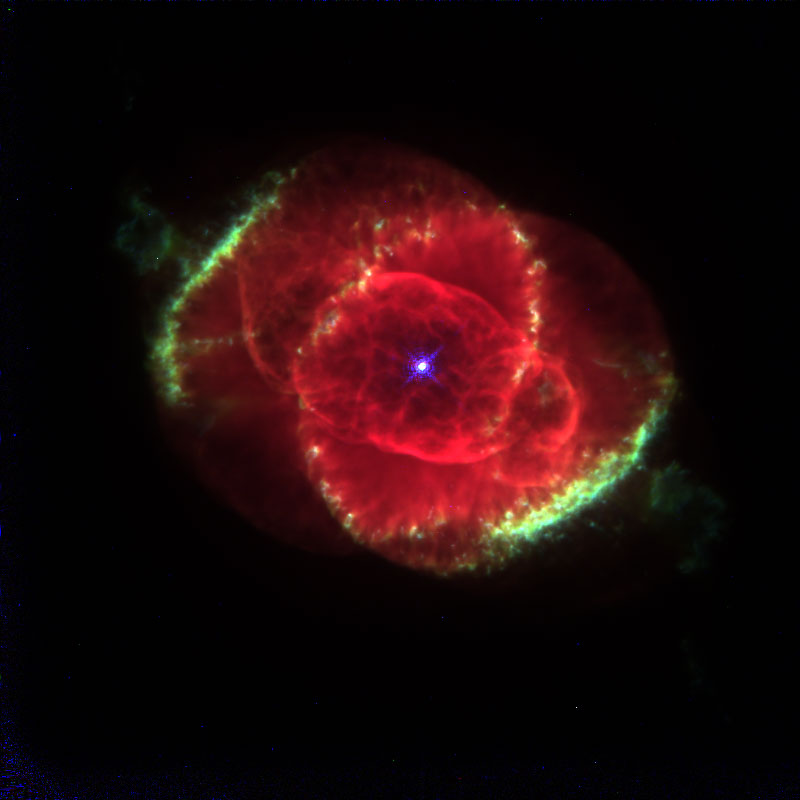70 Falmouth Street Portland, Maine 04103 43.6667° N 70.2667° W Altitude: 10 feet below sea level Founded January 1970 Julian Date: 2459355.18
2020-2021: CXXXIV
THE DAILY ASTRONOMER
Friday, May 21, 2021
Week 3 Quiz: Astronomical True and False
Not every Friday quiz will pertain to the topics introduced during the previous week. Some will pertain to other astronomical matters and even others will not involve astronomy at all. Today, we offer a 10-question T or F astronomy quiz.
Determine if each question is true or, if it isn't, why it's false.
1. Polaris, the north star, is the night sky's brightest star.
2. Earth is the most massive of the inferior planets.
3. Scientists tend to find the greatest number of meteors in Antarctica.
4. Planets affect Earth's tides slightly.
5. The International Space station completes one orbit around Earth every 118 minutes.
6. Orion the Hunter is not visible to us in June.
7. The moon is closest to Earth when it is full.
8. The closest star to us is Proxima Centauri, not Alpha Centauri.
9. The Milky Way Galaxy is the largest member of the Local Group of Galaxies.
10. The Sun will explode as a supernova in about five billion years.
ANSWERS
1. Polaris, the north star, is the night sky's brightest star.
False! Polaris is the 49th brightest star in the night sky. It is often believed to be the brightest star because it is so well known. Polaris' fame derives from its position, not brightness. It is aligned almost precisely with Earth's north celestial pole and so serves as its marker. Sirius, in Canis Major, is the night sky's brightest star.
2. Earth is the most massive of the inferior planets
False! An "inferior planet" is defined as a planet that is closer to the Sun than any given planet. For instance, Mercury and Venus are inferior planets relative to Earth. However. Jupiter, Mars, Earth, Venus and Mercury are inferior planets relative to Saturn. Earth is the most massive terrestrial planet, defined as the smaller rocky worlds (Mercury, Venus, Earth and Mars.)
3. Scientists tend to find the greatest number of meteors in Antarctica.
False! Scientists find meteorites on Earth, not meteors. Meteors are the lights produced by the infiltration of meteoroids through the atmosphere. We review the definitions:
- Meteoroids: small fragments of celestial objects moving through outer space
- Meteors: light produced by the passage of meteoroids through the atmosphere
- Meteorites: fragments of meteoroids that survive the descent and land on Earth's surface.
True. The contribution is very slight! Venus affects our tides more than any other planet by virtue of its comparable size and proximity. However, even its contribution is meager compared to the Sun and moon. The following chart shows the maximum tidal force exerted by the major solar system bodies.
| Moon | 2.1 |
| Sun | 1.00 |
| Venus | 0.000113 |
| Jupiter | 0.0000131 |
| Mars | 0.0000023 |
| Mercury | 0.0000007 |
| Saturn | 0.0000005 |
| Uranus | 0.000000001 |
| Neptune | 0.000000002 |
| Pluto | 0.0000000000001 |
5. The International Space station completes one orbit around Earth every 118 minutes.
False! The ISS completes one orbit around our planet every 92 minutes. It moves at an impressive speed of 4.7 miles per second!
6. Orion the Hunter is not visible to us in June.
True! Orion disappears into the dusk by mid May and returns to the early morning sky in early to mid August. Orion lovers shouldn't try to find Orion in either June or July.
7. The moon is closest to Earth when it is full.
False! The moon CAN be close to Earth when it is full, but it isn't usually. The time period between successive full moons, called a synodic month, equals 29.5 days. The time period between successive perigees -when the moon is closest to Earth-, called an anomalistic month, is only 27.4 days. When the full moon occurs around the time of perigee, we experience a super moon.
8. The closest star to us is Proxima Centauri, not Alpha Centauri.
False! The closest star to us is the Sun.
9. The Milky Way Galaxy is the largest member of the Local Group of Galaxies.
False! The Andromeda Galaxy -which we'll visit on Monday- is the largest member of the Local Group. The Milky Way Galaxy is the second largest member, followed by the Triangulum Galaxy.
10. The Sun will explode as a supernova in about five billion years.
False! The Sun is not massive enough to explode as a supernova. Instead, when its life cycle ends, the Sun will cast away its outer layers to form a planetary nebula. Only a dense white dwarf core will remain behind.

When the Sun perishes, it will become a planetary nebula, such as the
Cat's Eye Nebula located in the constellation Draco the Dragon
To subscribe or unsubscribe from the Daily Astronomer: